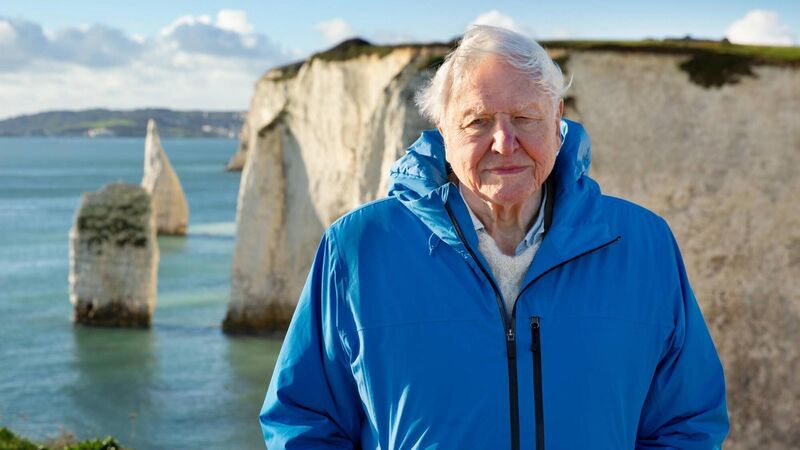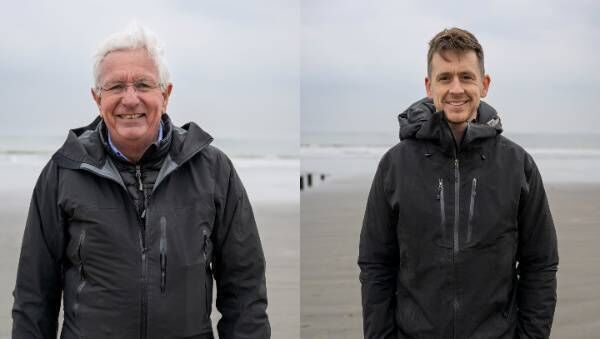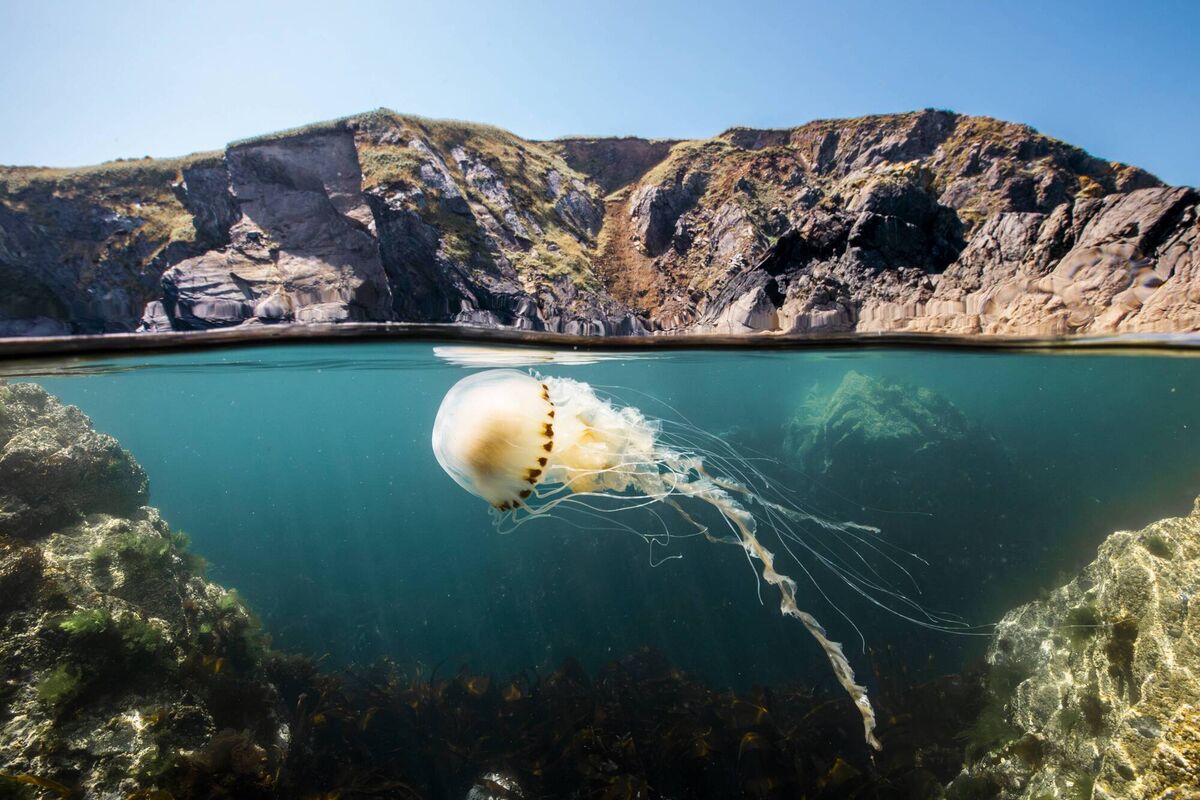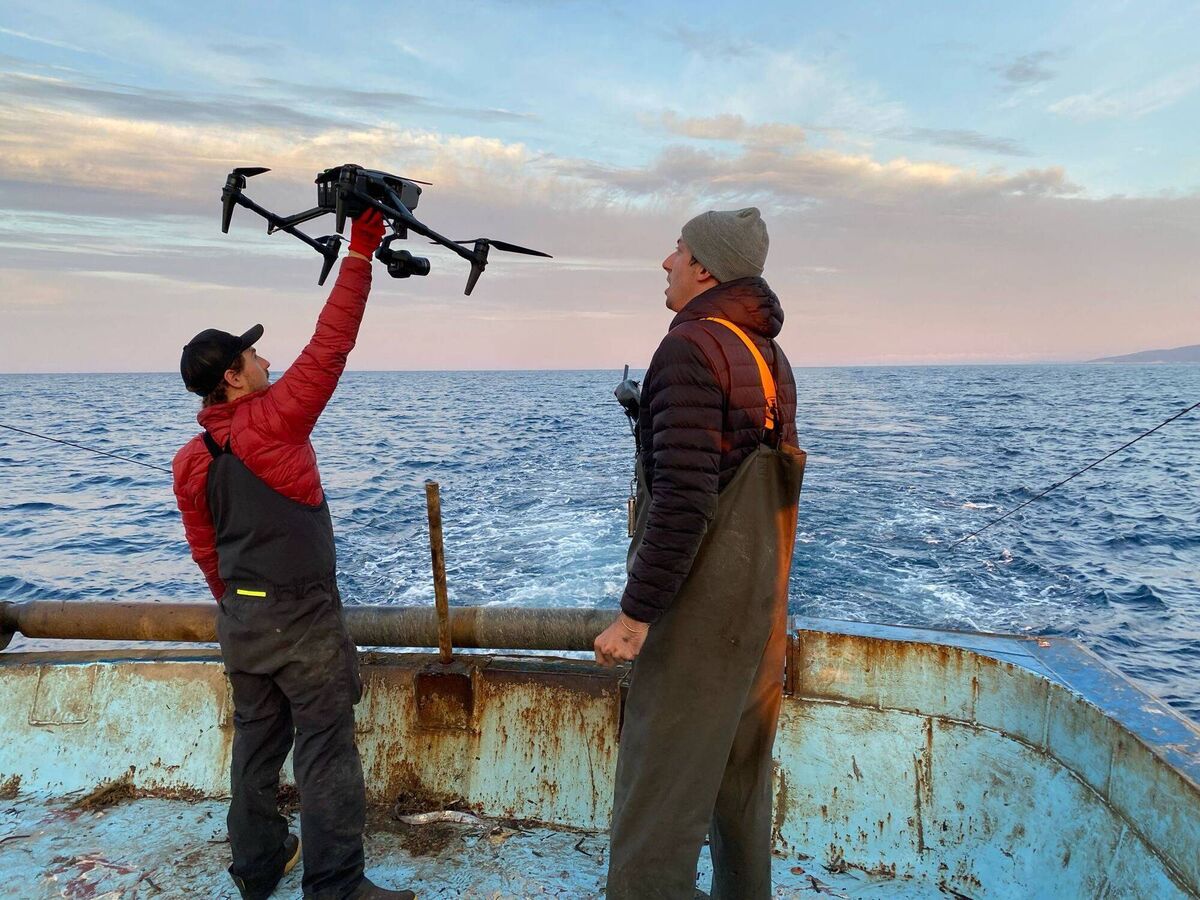Ocean with David Attenborough: 'There’s a clear process where we can reach recovery'

Ocean With David Attenborough has the 99-year-old presenter explaining how there's still time to save the oceans if we act now. Picture: Silverback Films.
Now in his 100th year, legendary broadcaster David Attenborough is bringing audiences one of his most groundbreaking projects yet. Released in cinemas this week to coincide with his 99th birthday, takes viewers on a breathtaking journey across the world’s oceans - including places and creatures which have never been so intimately captured on screen.
It also serves as a rallying call that the oceans can return to their greatest glories and this will be of huge benefit to mankind.
Keith Scholey and Toby Nowlan co-directed with fellow filmmaker Colin Butfield. They embraced the opportunity to work with the broadcasting legend on what he has described as one of the most important projects of his life. The film shows how the ocean has a remarkable ability to recover when protected.
“What really struck me when Keith first described the project to me, is the hope there is and the process of spillover — that tangible solution and that feeling of recovery,” says Nowlan. “That process whereby, if you protect a slice of ocean, it fills up with life and fills up the surrounding areas, and it happens so quick, and it’s already happening in many parts of the world.
“There’s a clear solution here. There’s a clear process where we can reach recovery. That really struck a chord with me - that and the sentiment that the ocean does not belong to one set of companies or individuals or governments. It belongs to everyone on Earth. It’s our greatest shared asset.”

outlines the beauty of our underwater worlds but also some shocking footage of the impacts of overfishing and the process of trawling the seafloor and the damage it leaves in its wake.
The feature-length documentary film shows in rich detail how oceans quickly return to their former glory in places where they are protected. It shares the remarkable story of the recovery of Papahanaumokuakea, north of Hawaii, as the largest fully protected area on the planet. Footage depicts an abundance of life above and below the waves, from whale sharks to the mōlī seabird, which went from near-extinction to being the largest albatross colony in the world.
The filmmaking team first mooted the project a number of years ago, amid plans for a worldwide initiative for governments to designate 30% of our oceans as protected areas by 2030.
“I was having a meeting with our cinematographer Doug Anderson, catching up on another film,” recalls Scholey. “We were talking about this big issue coming up in 2025 which then seemed a long way off, that the UN were going to have this very important conference to decide whether or not to preserve 30% of the ocean.
“We thought: ‘This is such an important meeting for humanity, but no one knows about it’. I went and asked David, and he said: ‘Yes, I’d love to’. It’s always been mission based - we see this huge opportunity to explain to the public why protection is needed, and actually, the results from it are going to be so beneficial for all of us.”

The film journeys to some of the most remote waters on earth, bringing audiences many ground-breaking onscreen experiences as it does so. In a filming first, powerful footage reveals the sheer destruction of the seabed by bottom trawling and the sea life wasted as an unwanted bycatch. Elsewhere, innovative underwater filming techniques allow us to travel with open-ocean voyagers like dolphins and tuna, closer and in greater detail than ever.
“There was one incredible shot that Doug Anderson, our cinematographer got,” says Nowlan. “It’s about 40 seconds, which is amazing, because you never see that in a TV episode in wildlife. This feature film gave us the place to do these big, long, epic shots - this 40-second shot of a sei whale coming straight past camera, and as it clears, you go through this shoal of fish, and then into these bluefin tuna coming up.”
Filmmakers worked at the mercy of the elements for sometimes weeks at a time, often unable to film a single thing due to wind and waves and terrible conditions. In such weather, they would see barely an animal for weeks at a time. “We often say when you go on a filming trip of four weeks to the ocean, you’ll probably get three good days,” says Scholey. “But in those three good days you get a huge amount. What you don’t want is to be in port when the good day happens.”
For Scholey, it was a joy to work again with Attenborough after many collaborations spanning more than 40 years. “When I first met him, I was a 22-year-old postgraduate student, and he had just come out of the BBC, as he had been director of programmes. David is a big character, anyway. He’s a lovely guy, but he’s a very powerful character. I think everyone always remembers the first time you meet David Attenborough. He doesn’t want to waste time so around him, you always have to be on your mettle. But when you go on trips with him, he’s a really funny guy, he’s an incredibly collaborative man. I know I’ll never, ever meet anyone like him. He’s quite unique.”
- is now in cinemas. See www.oceanfilm.net
The latest filmmaking technology allowed the directors of Ocean with Richard Attenborough to bring our sea life to screens in more immersive and vivid detail.
“We use some quite exciting tech,” says co-director Toby Nowlan. “Drones have been extremely useful in our industry, and it completely transformed the way we work in wildlife filmmaking and the way we see the planet now. We can see so many areas quickly in such intimate detail from the air. We had the first permissions for a commercial production to film in Midway Atoll in Papahanaumokuakea, to film albatross colonies from the air - in fact, to use drones at all in the monument.

“We developed some really interesting rigs on this production, one of which was this wonderful thing called a towcam, this specially built rig. It’s torpedo-shaped with all these little minicams in the back. That transformed the way we filmed the open ocean. The spotted dolphins in the Atlantic absolutely loved this towcam, and they headed straight for the lenses at the back and we got those very cool shots of them coming straight at the camera.”
“Another huge transformation we’ve had recently is that we had to always use scuba for diving underwater,” adds Scholey. “On scuba, you’re limited, really, to an hour one way or the other. But now most people use what they call closed circuit systems. They’re pretty complicated, but cinematographers can spend four or five, maybe six hours underwater, and that means that they can now just sit on the sea bed and watch natural behaviour in the same way that we do on land. They also don’t give off any bubbles, so you’re not making this terrible racket wherever you go.”


